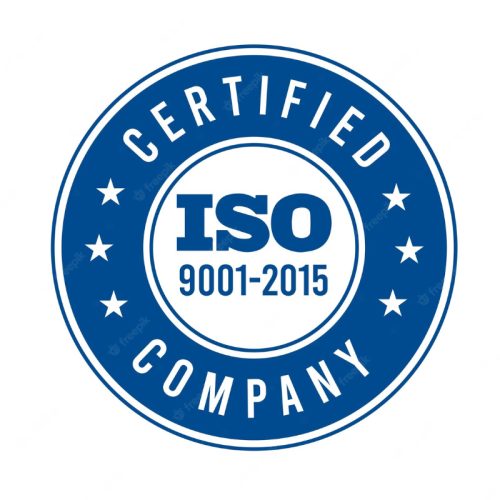
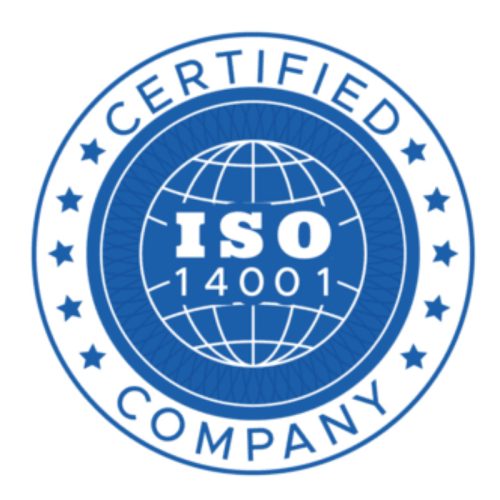
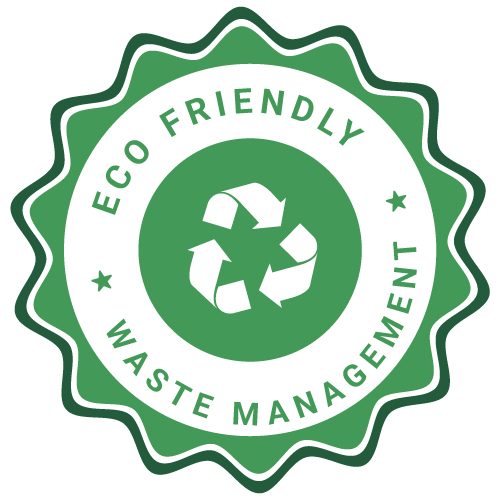
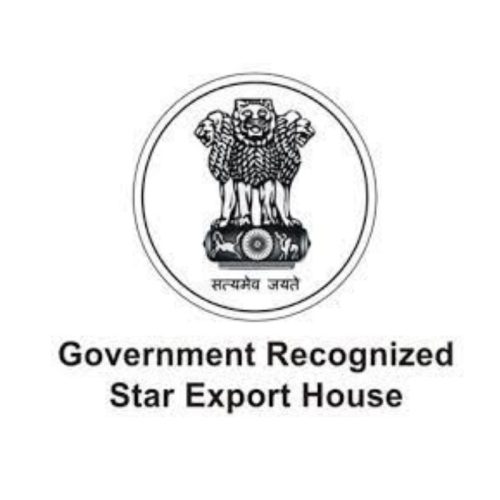
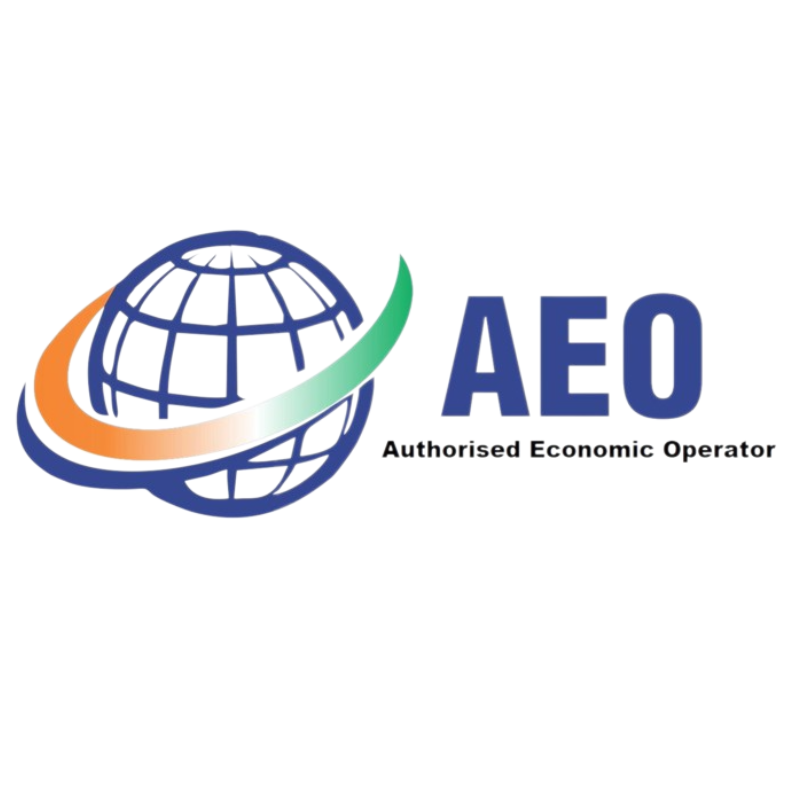
Super Bond Adhesives Pvt. Ltd. is a leading ISO 9001-certified company in the field of Adhesive supplier in Africa. Having more than 50 years of research, development, and sales experience, Super Bond Pvt. Ltd. is the biggest supplier of Hot Melt adhesives, Rubber-based adhesives, and Water-based adhesives in Africa.
We provide bonding solutions for various industries like Paper Products, Footwear, Furniture, Upholstery Makers, Automobile Upholstery, and allied industries.
We supply across various countries in Africa, like South Africa, Kenya, Nigeria, Egypt, Morocco, Ghana, Tanzania, Ethiopia, Uganda, Rwanda, Zambia, Botswana, Senegal, and Mozambique.
(Get a reply within 1 working day)





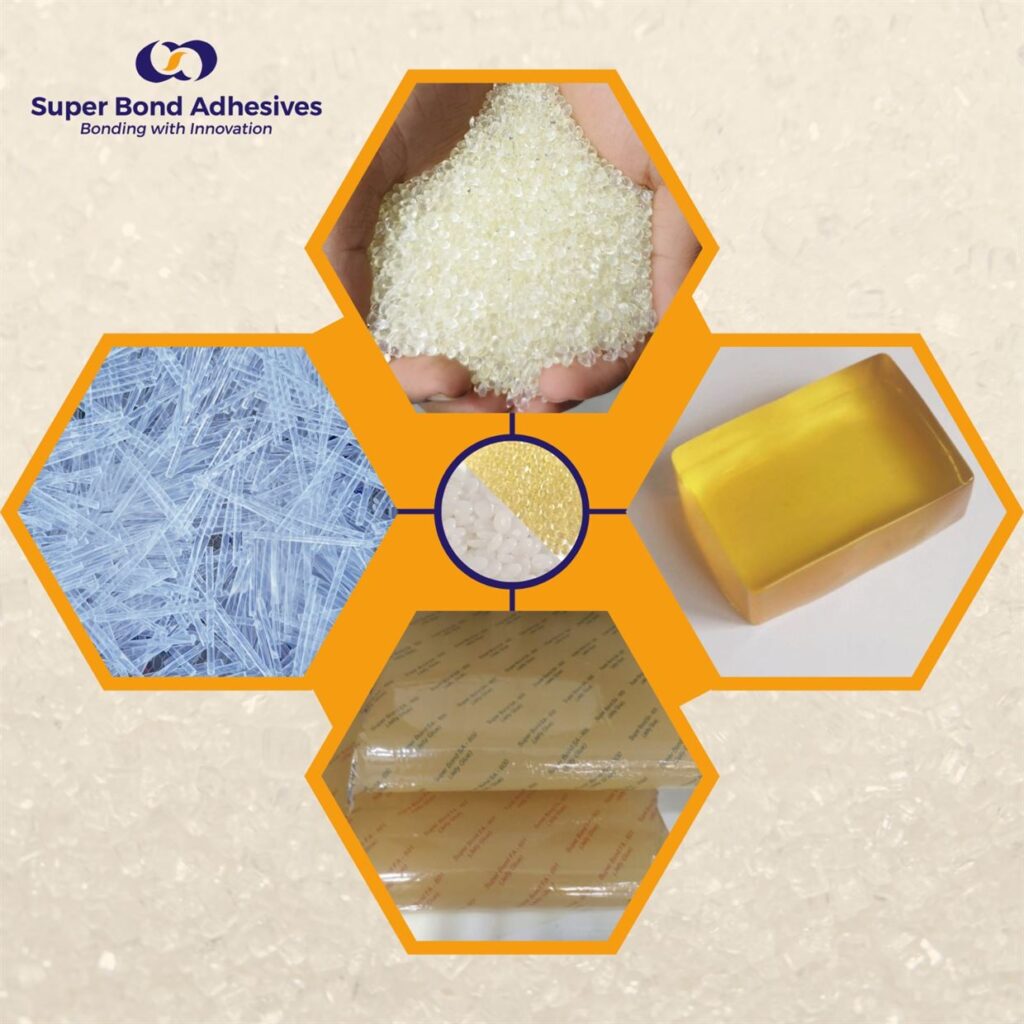
Super Bond Pvt. Ltd. is the biggest supplier of hot melt adhesives in Africa. Our hot melt adhesives can be used in a wide range of automated and manual production processes. Our R&D teams and adhesive specialists are available to cater to all of your adhesive needs. For a variety of paper conversion and packaging applications, including book binding, woodworking, packaging, paper bags, soap wrappers, HMPSA, jelly glue, glue sticks, and courier bags, Super Bond has created a particular range of hot melt adhesives.
Here are the Top 5 features of our Hot Melt Adhesive series:
✅ Superior Cohesive Strength: Hot melt adhesives form bonds quickly, boosting your output.
✅ Strong & Durable: Hot melt adhesives can bond a variety of materials, including paper, plastic, wood, and fabrics, ensuring durability.
✅ No Odor: Solvent-free products reduce dangerous emissions and make workspaces safer. They are also easy to store and ship.
✅ Eco-Friendly: Our hot melt adhesives are available in eco-friendly formulations, promoting a greener planet.
✅ Cost-effective: Reduces equipment expenses and energy usage compared to standard bonding processes.
Hot Melt adhesives are widely used in woodworking and other related industries for various applications. These applications are important for ensuring the durability and strength of wood products. Adhesives are commonly used in the woodworking industry for:
Our Hot Melt Adhesives are widely used in the book binding industry for various applications:
Glue sticks are a popular application method for Hot Melt adhesives. Hot melt adhesive glue sticks are commonly used in various applications such as crafts, DIY projects, packaging, and general bonding tasks etc. They offer advantages such as ease of use, quick bonding, versatility across different materials, and a clean application process without the need for additional equipment or cleanup. The hot melt adhesive quickly solidifies as it cools, creating a strong bond between the materials being joined.
Edge banding hot melt glue is a type of adhesive used in the process of applying edge banding to various surfaces, commonly in woodworking and furniture manufacturing. Edge banding is a thin strip of material (often PVC, ABS, wood veneer, or melamine) that is applied to the edges of a panel to give it a finished appearance and protect the edges from damage.
Our entire range of Hot Melt adhesives can be widely used in the packaging industry for various applications. It is used for bonding together different packaging materials (such as paper, cardboard, plastic, and metal), assembling packaging components (such as boxes, labels, and seals), etc.
It is also commonly used to seal packaging materials (such as bags and pouches), to prevent the contents from spilling or escaping, to attach labels and seals to packaging materials for identification and security purposes, and to repair damage in packaging, such as holes or tears.
Hot Melt adhesives are also useful in bonding foam to other materials (such as wood or metal) for cushioning and protection, and bonding non-porous materials such as metal together in packaging applications.


Contact-based adhesives, also known as rubber glue, rubber adhesives , contact adhesives or spray glue, are a type of adhesive that has rubber as its key component. These adhesives are made to bind a variety of materials, including rubber, metal, plastic, fabric, and more.
Natural rubber-based pressure-sensitive adhesives are typically made by dissolving natural rubber in an organic solvent like toluene, hexane, or heptane, followed by the dissolution of a compounding component such as a tackifier resin or a softening agent. This results in the formation of a very versatile contact-based rubber adhesive.
These contact-based adhesives have several benefits, including flexibility, moisture resistance, and superior bonding strength. They are often employed in applications that demand flexibility, as they can endure movement and expansion without losing their adhesive characteristics.
Contact-based adhesives are widely used in HVAC (heating, ventilation, and air conditioning) applications to bond and seal various components and materials. These adhesives have distinct characteristics that make them ideal for HVAC systems.
They provide exceptional adhesion to surfaces, making strong and permanent bonds that can endure temperature variations, moisture, and vibrations normally experienced in HVAC systems.
They exhibit good flexibility and elasticity to allow components to expand and contract in response to temperature and pressure variations.
These contact adhesives are designed to withstand tough operational conditions and keep their adhesive strength over time.
Rubber-based Adhesives are commonly used in woodworking and other related industries for a variety of purposes. These applications are essential for guaranteeing the longevity and robustness of wood products. These adhesives are extensively used in the woodworking industry to bond wood to itself and other materials. Its applications are:
In the foam and furniture industry, our Rubber-based adhesives offer excellent bonding in a variety of applications such as:
These applications help ensure the durability, comfort, and appearance of foam products and furniture.
Our contact-based adhesives provide bonding solutions in the footwear and leather industries. Applying these adhesives is critical to guarantee a reliable and sturdy product.
Commonly used to bind shoe soles to upper material, attach insoles, secure trims and embellishments, and join various leather or synthetic components. These adhesives are flexible and elastic, with good initial tack and rapid setting times, enabling more efficient manufacturing operations.
Contact adhesives adhere well to leather surfaces, resulting in secure and long-lasting bonding that can resist the wear and tear of daily use.
Super Bond’s wide range of Rubber-based Adhesives are extensively used in the automotive industry for a variety of purposes for seats, hood fixing, side panels, and boot interlining. Used in seats, hood fixing, side panels, boot interlining, Rubber adhesives prove to be extremely useful in automobiles. These adhesives are also used to attach weatherstripping, which seals gaps around doors, windows, and other openings, to the body of the vehicle. They are used for assembling automotive interiors, adhesives are used to bond together various components such as dashboard panels, door panels, and seats.

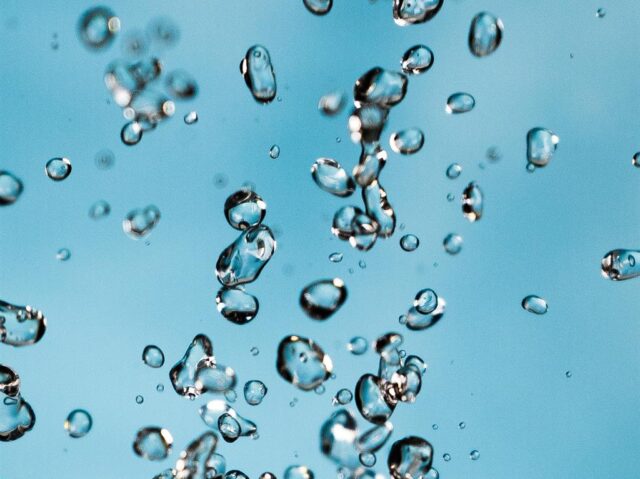
Water-Based Adhesives use water as a solvent and are environmentally friendly, less toxic, and simple to apply. They are made up of polymer emulsions or dispersions suspended in water, and popular polymers include acrylics, PVA, and EVA. They are well-suited for many applications.
Water-based adhesives are made by dispersing a specified polymer in water using surfactants, then mixing and heating to ensure uniform dispersion. Additives may be used to improve the adhesive qualities. The formulation is tested, refined, and finally packed for storage. While there are modifications, this technique offers an overview of
These adhesives have low VOC content, emit no odor, and are safer to use. Water-based adhesives have quick set times, strong bond strength, and are suited for heat-sensitive materials, making them a flexible and ecologically friendly option for water-based glue manufacturing.
Water-based adhesives are commonly used in the manufacturing of paper bags.
Super Bond’s Water-based adhesive is applied to specific areas of the paper to create secure bonds and ensure that the paper bag is sturdy and can retain its shape and integrity.
The adhesive is usually applied to the flaps, seams, and edges of the paper bag. It helps hold the bag together and prevent it from coming apart.
Water-based adhesives are used for bonding laminate sheets over various substrates such as wood, fiber boards, metal, etc. These adhesives need to be strong to avoid problems of peeling, bubbling, & cracking of the laminate sheets.
These water-based adhesives find most of their use in items of furniture, boxes, and in the construction industry. These also help with being completely non-toxic & thereby safe for indoor use.
Water-based adhesives are widely used in woodworking and other related industries for various applications. The application of these adhesives is important for ensuring the durability and strength of wood products. Adhesives are commonly used in the woodworking industry to bond wood to wood, as well as wood to other materials.
Water-based adhesives are used for Side Pasting. It is a type of adhesive used in the paper and packaging industry, specifically for bonding the sides or edges of corrugated boxes, cartons, and other paper-based products. While Side Pasting Adhesives are typically
The corrugated box or carton is typically formed by folding and interlocking flat sheets of corrugated board. The sides or flaps of the box are left open for the side pasting process.
Water-based side pasting adhesive is applied to the flaps or edges of the box using various methods such as roller coaters, spray systems, or brushes. The adhesive is evenly spread over the desired area, ensuring complete coverage.
The flaps or edges of the box are then folded and pressed together, allowing the adhesive to bond the surfaces. Pressure is applied to ensure proper contact and adhesion.
Water-based adhesives are widely used in the carton manufacturing sector to bond and seal cartons and boxes. These adhesives provide various advantages in this application, such as:

As specially formulated preparations, hot melt adhesives can be tailored to adhere strongly to most materials including metal, plastic, rubber, ceramic, glass, wood, paper, leather, fabric and foam. Unlike less advanced adhesives, hot melts can also be used with confidence on hot, cold or wet surfaces.
They are non-hazardous, low in odour and before being used are 100% solid, making them clean and safe to handle. Where several adhesives may currently be used, these can also often be replaced with one hot melt adhesive to save time and money.
Our hot melt adhesives are used for various applications like bookbinding, woodworking, Packaging, Paper Bags, Soap Wrappers, HMPSA, Jelly Glue, Glue Sticks, and Courier Bags.
We are dealing in EVA, TPR, APO, APAO, MPO/Metallocene, PUR, Water Based, Hot Melt Pressure Sensitive Adhesives.
Our hot melts are applied by extruding, rolling, or spraying, and the high melt viscosity makes them ideal for porous and permeable substrates.
Water, polymers, and additives are combined to create water-based adhesives. Both porous and non-porous substrates work well with them. These adhesives may be made as solutions, and they become active when the substrate absorbs the water or it evaporates.
Numerous materials, including paper, cardboard, wood, textiles, and some polymers, can be bonded together with these adhesives. They offer a solid, long-lasting adhesive and are perfect for porous substrates. Without further surface preparation, they might not work well on non-porous surfaces like metal or some types of plastic.
Depending on the materials being bonded and the surrounding environment, drying times can change. Although they can take 24 to 48 hours to fully cure, they usually dry to the touch in 20 to 30 minutes. Drying times are influenced by variables such as temperature, humidity, and adhesive layer thickness.
Super Bond’s contact adhesives are flexible and have a strong bond, making them appropriate for a wide range of applications. They are used in the automotive industry to fasten interior parts, trims, and seals. The packaging sector also makes extensive use of these adhesives to seal cartons and boxes. Additionally, because of its strong yet flexible bonding, Super Bond’s contact adhesive glues are employed in leather goods and shoes. They are perfect for both heavy-duty industrial and daily consumer uses because of their adaptability.
Metals, plastics, glass, wood, and ceramics are just a few of the materials that Super Bond’s contact adhesives work with. Before applying the material widely, it is always advised to conduct a compatibility test on only a small part of it. To guarantee the best possible bonding, some low surface energy materials, such as specific varieties of polyethylene and polypropylene, may require surface treatment or primers. Furthermore, without the right formulation, contact adhesives might not be appropriate for materials subjected to extremely high temperatures or harsh chemical conditions. Specific information for different materials can be obtained by consulting Super Bond’s technical data sheets.
This website uses cookies so that we can provide you with the best user experience possible. Cookie information is stored in your browser and performs functions such as recognising you when you return to our website and helping our team to understand which sections of the website you find most interesting and useful. You can read our full privacy policy here.
Strictly Necessary Cookie should be enabled at all times so that we can save your preferences for cookie settings.
If you disable this cookie, we will not be able to save your preferences. This means that every time you visit this website you will need to enable or disable cookies again.